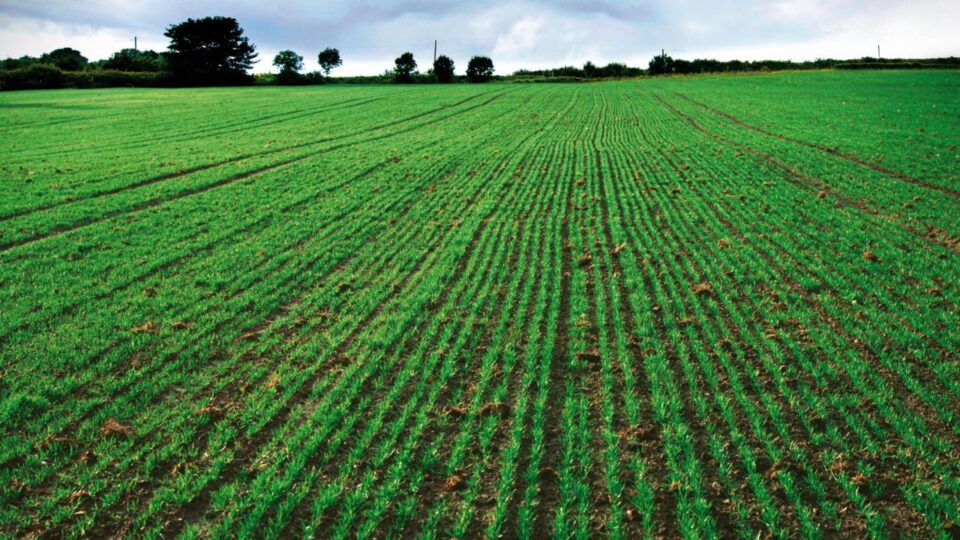Grain producers in South Africa’s Overberg region are battling a severe outbreak of snails and slugs, with many forced to replant their crops due to widespread damage. The infestation, described by farmers as unprecedented, is hitting key crops like canola, barley, and wheat.
Rising Costs, Replanting, and Mixed Control Results
According to preliminary findings from a Grain SA survey, the damage has prompted numerous farmers to replant large sections of their fields, with some spending up to R1,000 per hectare on snail and slug pellets—often with limited success. In many cases, treatments had to be applied multiple times.
Nico Uys, who farms near the Breede River and Witsand, reported replanting around 60 hectares of canola after his original crop was destroyed. “It’s a new problem for us—we’ve never experienced this kind of pressure before,” Uys said.
His neighbour, PC Streicher, had to replant 13 hectares of barley, only to see the new seedlings again fall prey to the pests. “Wet soil at the start of the season created ideal hatching conditions,” he said. Streicher singled out toringslakkies (Prietocella barbara, or small pointed snails) and underground-dwelling slugs as especially destructive. “Slugs are harder to control because they burrow underground and hide beneath dense canola straw.”
Conservation Agriculture Creating a New Challenge?
Farmers practicing conservation agriculture—which emphasizes minimal soil disturbance and retention of crop residues—may be unintentionally providing an ideal habitat for these pests. Pieter Gildenhuys, farming between Malgas and Witsand, noted that slugs and snails can breed under crop residue throughout summer.
“In my area, small pointed snails are the main issue, but further north towards Heidelberg, slugs are more of a problem,” Gildenhuys said. His integrated approach—letting sheep graze on crop residues during summer—may have protected him. “The sheep disturb the thick straw where the pests breed, breaking up their habitat.”
His pest control method includes applying snail pellets at planting, with targeted applications later as needed.
Experts Weigh In
According to Jan Wessels, a grain farmer from Napier, slug problems were rare under conventional tillage systems, but yields were lower under those methods.
Piet Lombard, a scientific technician with the Western Cape Department of Agriculture, confirmed that the most destructive species this season are the small pointed snail and the greenhouse slug (Milax gagates). The latter poses a particularly difficult challenge: “They burrow up to 20 cm underground, making slug pellets and mechanical control largely ineffective.”
While the small pointed snail is easier to target with pellets and soil scarification, it presents its own challenge. “They’re selective feeders,” Lombard explained. “They’ll crawl over some pellets without touching them.”
Looking Ahead
With snail and slug populations thriving under current conditions, farmers in the Overberg face a tough season ahead. Continued research, adaptive pest control strategies, and possibly new approaches to residue management may be needed to safeguard yields in future planting seasons.


